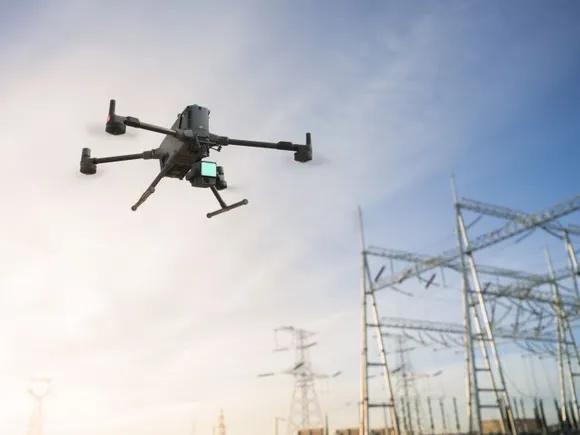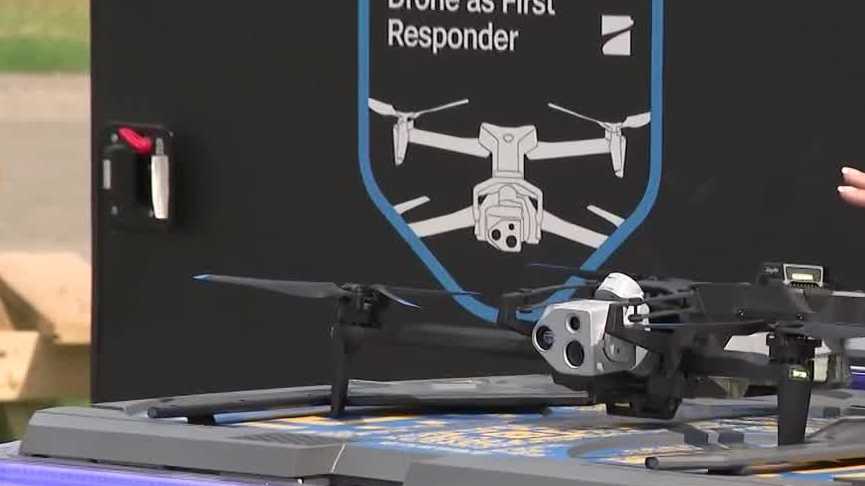NZ Police Could Learn From Minnesota: New Drone Tech Promises Faster Emergency Response

Across the United States, police departments have increasingly adopted drone technology for various tasks, from search and rescue operations to crime scene investigations. However, Minnesota is taking this to the next level. Several departments are now utilising drones equipped with high-resolution cameras and thermal imaging to respond directly to emergency calls as they come in.
The core concept is simple: instead of dispatching officers blindly into potentially dangerous situations, a drone can be deployed to provide a live aerial view. This allows officers on the ground and dispatchers to assess the scene, identify potential threats, and allocate resources more effectively. Imagine a domestic dispute call – a drone could quickly determine if weapons are present or if anyone is injured, informing the responding officers and potentially de-escalating the situation before anyone is harmed.
The benefits extend beyond the initial emergency response. Drone footage can be invaluable for:
- Crime Scene Reconstruction: Providing a detailed aerial perspective for accurate documentation.
- Search and Rescue: Covering large areas quickly and efficiently, especially in difficult terrain.
- Traffic Incident Management: Assessing the scope of accidents and directing traffic flow.
- Missing Persons: Using thermal imaging to locate individuals in low-light conditions.
The Minnesota initiative isn't just about deploying drones; it's about integrating them seamlessly into existing emergency response protocols. Departments are investing in training for officers to operate the drones safely and effectively, and establishing clear guidelines for their use to ensure privacy and accountability.
While the potential benefits are significant, there are also challenges to consider. Privacy concerns are paramount, and departments must be transparent about how drone footage is collected, stored, and used. Regulations surrounding drone operation, including airspace restrictions and licensing requirements, also need careful navigation.
For New Zealand police forces, the Minnesota example presents a compelling case for exploring similar technologies. The country's unique geography, with its rugged terrain and remote communities, could particularly benefit from the enhanced situational awareness offered by drones. However, any implementation would need to be carefully considered, taking into account New Zealand's specific legal and cultural context. Public consultation and robust privacy safeguards would be essential for gaining public trust and ensuring responsible use of this powerful technology.
The future of law enforcement is undoubtedly evolving, and drone technology is poised to play an increasingly important role. The Minnesota initiative demonstrates the potential for this technology to save lives, improve officer safety, and enhance the overall effectiveness of emergency response.
As drone technology continues to advance, we can expect to see even more sophisticated applications in law enforcement. Artificial intelligence (AI) could be used to analyse drone footage in real-time, identifying potential threats and alerting officers to suspicious activity. The integration of drones with other technologies, such as body-worn cameras and computer-aided dispatch systems, will further enhance their capabilities.






